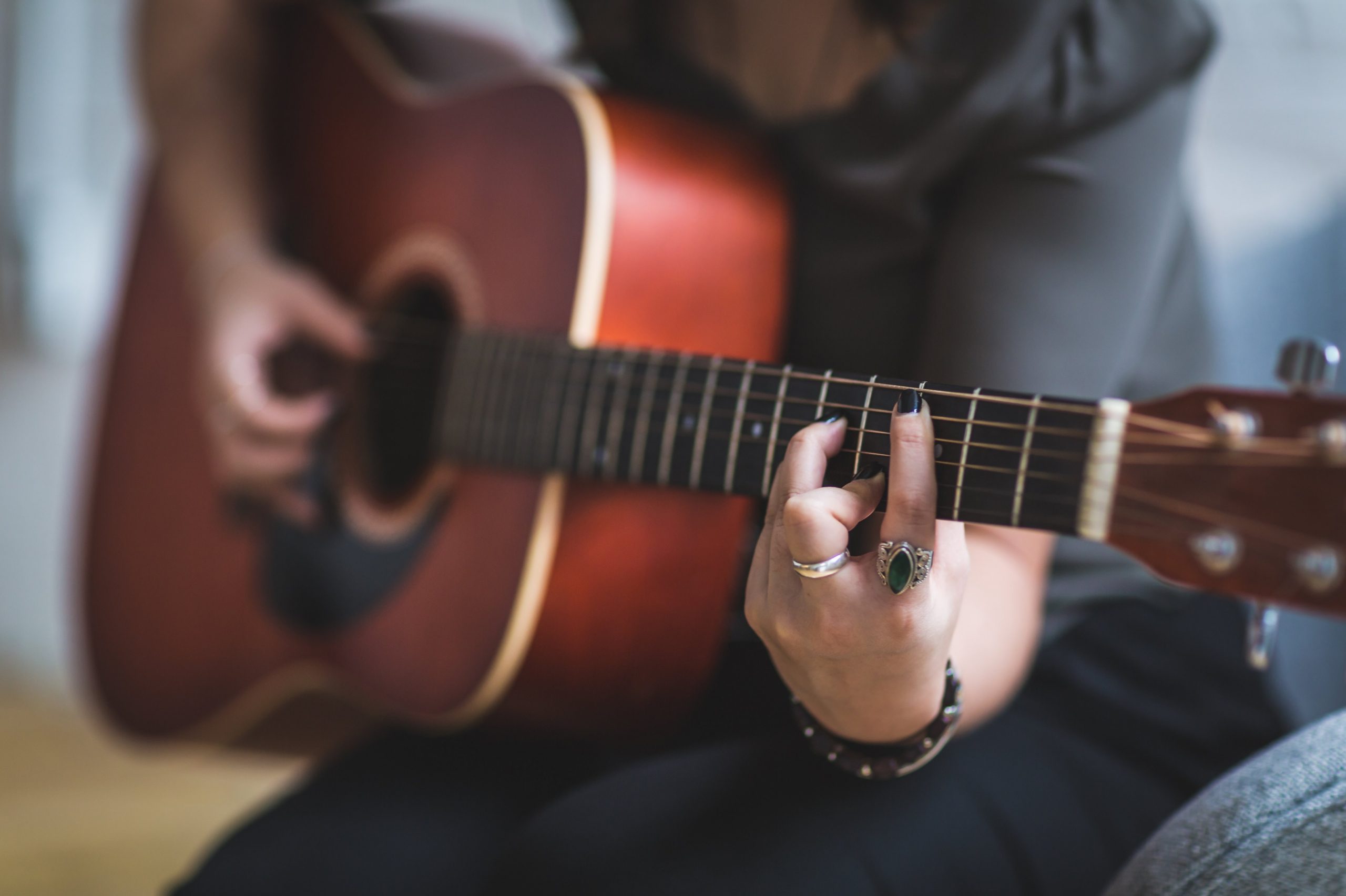A festival’s worth of dance artists are using NFTs to rewrite the rules of music ownership and fan connection. But selling these collectibles means some new stressful challenges
Most people’s first experience with NFTs most likely happened within the past few months. It was also, most likely, met with confusion. As GIFs of cats and animated twerking skeletons began to sell for six figures, questions began to be raised around the motives, validity, and purpose behind NFT auctions.
In March, US producer and DJ 3Lau sold his first collection of NFTs (33 in total) for $11.7m, Richie Hawtin celebrated 303 day with a series of auctions around original photos of his personal TB-303, Grimes sold her digital fantasy art for $6m, and Steve Aoki’s ‘Dream Catcher’ collection sold for $4.25m. Later that month, Aphex Twin sold a one-off AV clip with long-time collaborator Weirdcore for just over $128,000.
Given the staggering amounts of money involved, not to mention the initial confusions and misinformation around NFTs in general, opinion was quickly divided on whether NFTs were a legitimate beginning of a new digital ownership revolution, yet another playground for the rich, or a flash in the pan money grab from a flippant crypto market.
